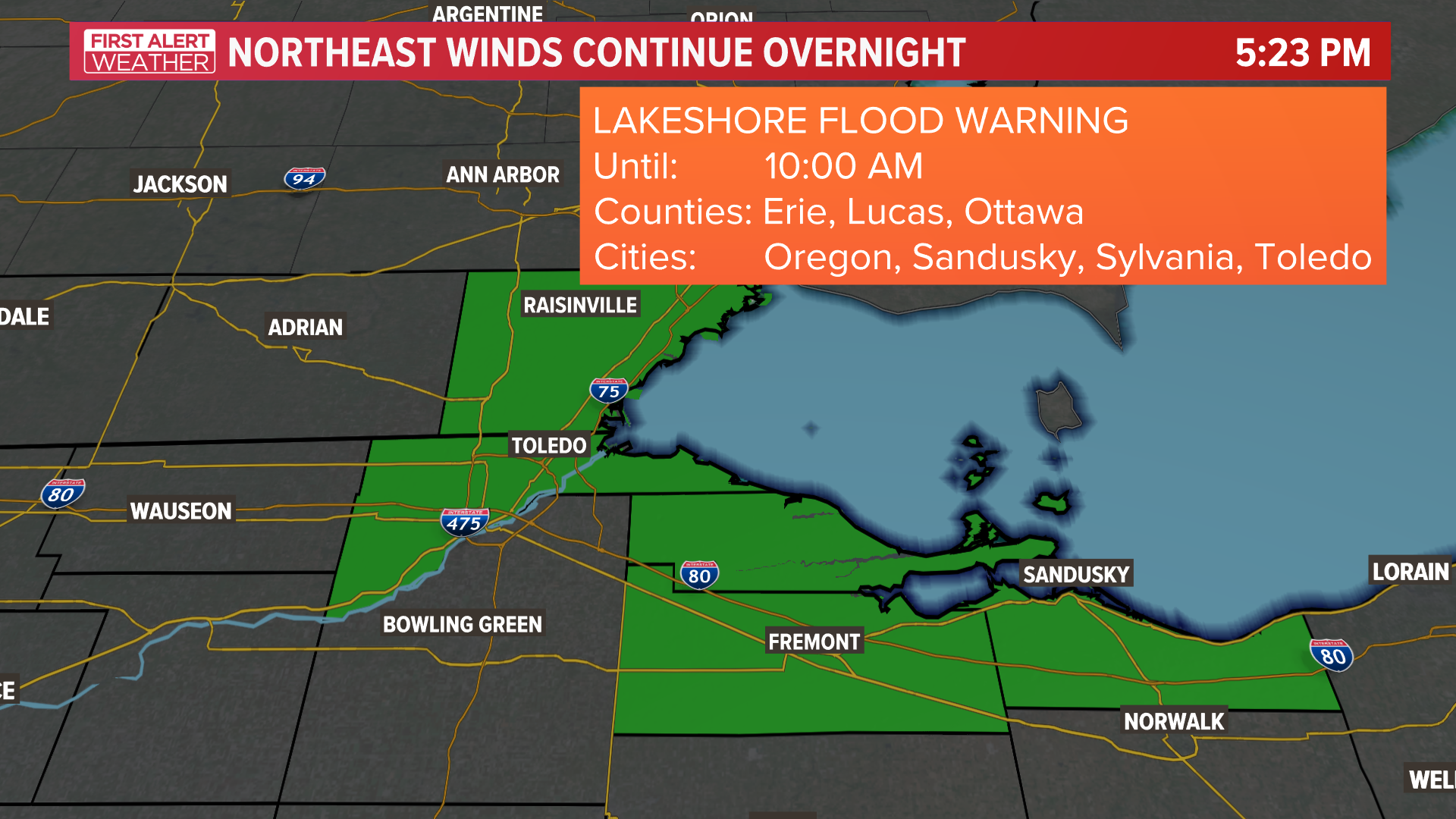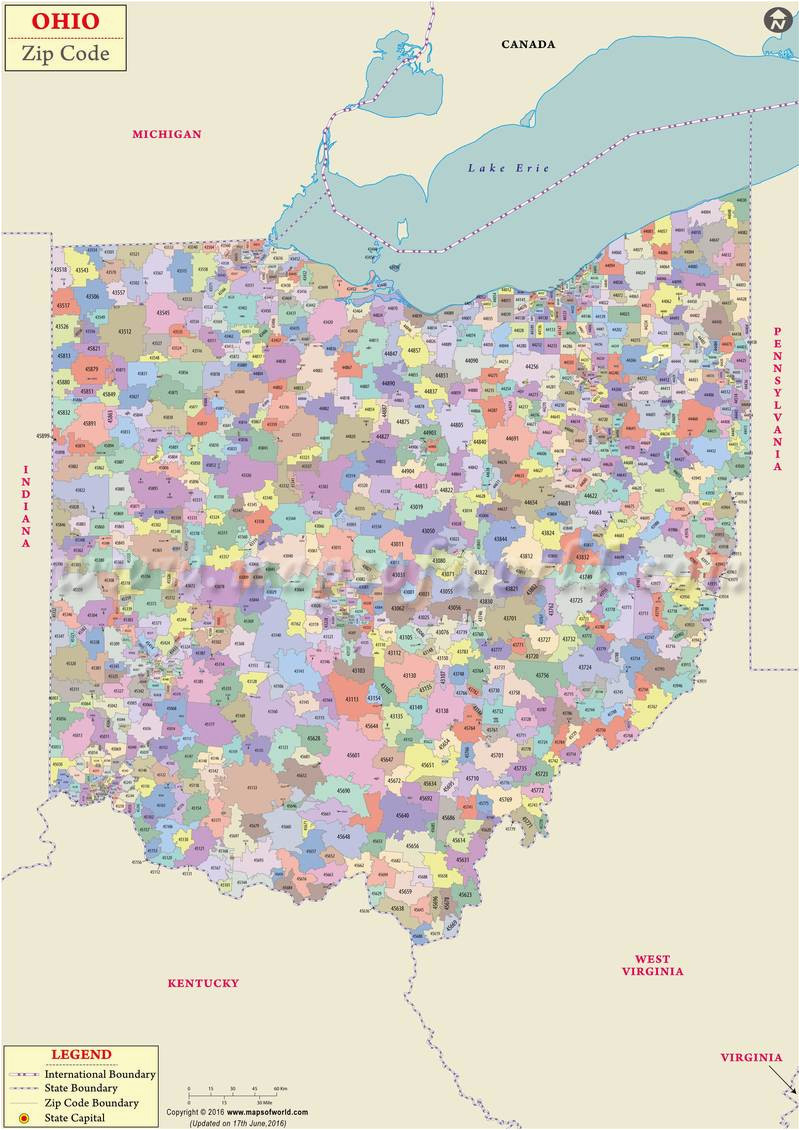Winter in Ohio can be unpredictable, especially when it comes to snow emergencies. Whether you're a long-time resident or just visiting, understanding the snow emergency levels in Franklin County is crucial for your safety and well-being. The snow emergency levels are designed to keep roads clear and ensure emergency services can operate efficiently during severe weather conditions. So, buckle up and let's dive into everything you need to know about Ohio Franklin County snow emergency levels.
Living in Ohio means you're no stranger to snowstorms, but what happens when the snow piles up so high that it becomes a full-blown emergency? That's where the snow emergency levels come in. These levels act as a guide for residents to know how to respond during heavy snowfall. It's not just about staying inside; it's about understanding the rules and regulations set by the county to keep everyone safe.
Franklin County takes snow emergencies seriously, and for good reason. With major cities like Columbus within its borders, ensuring road safety is a top priority. This article will break down the snow emergency levels, what they mean for you, and how to prepare for them. So, whether you're a seasoned Ohioan or just passing through, this info could save you a lot of hassle—and maybe even your life.
Read also:Rausch Funeral Home In Owings Your Trusted Companion In Times Of Need
Understanding Snow Emergency Levels in Franklin County
What Are Snow Emergency Levels?
Snow emergency levels are a system used by local governments to manage snow-related situations effectively. In Franklin County, Ohio, these levels are declared by the county's emergency management team when snowfall becomes severe enough to affect road conditions and public safety. There are typically three levels: Level 1, Level 2, and Level 3. Each level comes with specific instructions for residents to follow.
Level 1 is the mildest of the three, usually indicating that road conditions are slippery, and drivers should exercise caution. Level 2 means that only essential personnel should be on the roads, while Level 3 is the most severe, requiring everyone to stay off the roads unless it's an absolute emergency. Understanding these levels can help you prepare and react appropriately when a snow emergency is declared.
Why Are Snow Emergency Levels Important?
These levels are more than just guidelines; they're critical for maintaining public safety during severe weather. By declaring a snow emergency, Franklin County can prioritize snow removal efforts, ensuring that roads are cleared as quickly and efficiently as possible. This not only helps residents but also ensures that emergency services, like ambulances and fire trucks, can navigate the roads safely to respond to emergencies.
Furthermore, snow emergency levels help reduce the number of accidents caused by hazardous road conditions. When residents are aware of the level and follow the corresponding instructions, it minimizes the risk of getting stranded or involved in a collision. It's a system designed to protect everyone, and taking it seriously is essential.
Franklin County Snow Emergency Levels Explained
Level 1: Drive Carefully
At Level 1, the message is clear: road conditions are hazardous, and drivers should proceed with caution. While there are no restrictions on who can be on the road, it's crucial to drive slowly and maintain a safe distance from other vehicles. This level is usually declared when snowfall begins to accumulate but hasn't yet reached critical levels.
Read also:Unveiling The Secrets Of Legacy Com Green Bay Your Ultimate Guide
- Drivers should reduce speed and avoid sudden braking or acceleration.
- Clear your vehicle's windows and lights to ensure maximum visibility.
- Be prepared for changing road conditions, especially on bridges and overpasses.
Level 2: Only Essential Personnel on Roads
When Level 2 is declared, it's time to rethink your plans. This level indicates that road conditions have deteriorated significantly, and only essential personnel, such as emergency responders and snow removal crews, should be on the roads. If you're not part of this group, it's best to stay home and avoid contributing to the congestion.
- Non-essential travel is discouraged to allow snowplows to do their job effectively.
- If you must travel, carry an emergency kit with supplies like blankets, food, and water.
- Stay informed by monitoring local news and weather updates for the latest information.
Level 3: Stay Off the Roads
Level 3 is the most severe snow emergency level, and it means one thing: stay off the roads unless it's an absolute emergency. At this point, road conditions are extremely dangerous, and even emergency vehicles may have difficulty navigating. It's a time when everyone needs to prioritize safety and avoid unnecessary risks.
- Only travel if it's a life-or-death situation, and even then, proceed with extreme caution.
- Have a plan in place for emergencies, including knowing the location of the nearest shelter or hospital.
- Stay connected with family and friends to ensure everyone is safe and accounted for.
Preparing for Snow Emergencies
Stocking Up on Supplies
One of the best ways to prepare for a snow emergency is to stock up on essential supplies. Whether it's food, water, or medical necessities, having a well-prepared emergency kit can make all the difference. Consider items like non-perishable food, bottled water, batteries, flashlights, and a first-aid kit. It's also wise to have extra blankets and warm clothing in case the power goes out.
For those with pets, don't forget to include food and supplies for them as well. Ensuring that all members of your household are prepared can help reduce stress and anxiety during a snow emergency. Plus, it gives you peace of mind knowing that you're ready for whatever the weather throws your way.
Vehicle Preparedness
Your vehicle is another crucial aspect of snow emergency preparedness. Make sure your car is winter-ready by checking the tire pressure, antifreeze levels, and windshield wiper fluid. It's also a good idea to keep an emergency kit in your car, complete with items like a snowbrush, ice scraper, and jumper cables. If you have to drive during a snow emergency, these items can be lifesavers.
In addition to preparing your vehicle, consider taking a defensive driving course focused on winter weather conditions. Knowing how to handle skids and icy roads can make you a safer driver and reduce the risk of accidents. Remember, the best way to stay safe during a snow emergency is to avoid driving altogether if possible.
Understanding Local Snow Removal Protocols
How Snow Removal Works in Franklin County
Franklin County has a well-organized snow removal system in place to ensure that roads are cleared as quickly as possible. The county prioritizes main thoroughfares and emergency routes, ensuring that critical services can continue to operate even during severe weather. However, it's important to note that not all roads can be cleared immediately, especially in residential areas.
Residents can help by removing snow from sidewalks and driveways promptly. This not only helps your neighbors but also ensures that snowplows can access all areas efficiently. Additionally, keeping your vehicles off the roads during a snow emergency can significantly aid in the snow removal process, allowing plows to work unobstructed.
Reporting Snow Removal Issues
If you notice that a particular road or area hasn't been cleared after a reasonable amount of time, don't hesitate to report it to the appropriate authorities. Franklin County has a system in place for residents to report snow removal issues, ensuring that no area is overlooked. You can usually do this by contacting the local public works department or using an online reporting system.
By reporting snow removal issues, you're not only helping yourself but also your community. Timely reports can lead to faster responses and more efficient snow removal, ultimately keeping everyone safer during snow emergencies.
Staying Informed During Snow Emergencies
Local News and Weather Updates
Staying informed is key to navigating snow emergencies successfully. Local news and weather updates provide the most accurate and up-to-date information on snowfall predictions, road conditions, and emergency declarations. Most local news stations have websites or apps where you can get real-time updates, ensuring you're always in the know.
Additionally, social media platforms can be valuable tools for staying connected during snow emergencies. Many local governments and emergency services use social media to share important updates and alerts. Following these accounts can give you instant access to crucial information as it becomes available.
Emergency Alerts and Notifications
Franklin County offers emergency alerts and notifications through various channels, including text messages, phone calls, and emails. Signing up for these services is a simple yet effective way to stay informed about snow emergencies and other critical situations. These alerts can provide you with timely information on snow emergency levels, road closures, and other important updates.
Make sure to keep your contact information up-to-date with the county's emergency notification system to ensure you receive alerts promptly. This small step can make a big difference in how prepared you are when a snow emergency strikes.
Legal and Safety Considerations
Understanding the Law
It's important to understand the legal implications of ignoring snow emergency levels. In Franklin County, failing to comply with a declared snow emergency can result in fines or other penalties. The county takes these levels seriously because they're designed to protect public safety, and non-compliance can jeopardize that goal.
Moreover, driving during a Level 2 or Level 3 snow emergency can increase your risk of accidents, which not only endangers your life but also the lives of others. Understanding and respecting the law is a crucial part of staying safe during snow emergencies.
Safety Tips for Residents
Beyond legal considerations, there are several safety tips that residents should keep in mind during snow emergencies. Staying indoors as much as possible, dressing warmly, and having a communication plan with family members are just a few examples. It's also wise to check on elderly neighbors or those who may need additional assistance during severe weather.
Remember, preparation is key. By understanding the snow emergency levels, preparing your home and vehicle, and staying informed, you can navigate snow emergencies with confidence and safety.
Conclusion
In conclusion, understanding Ohio Franklin County snow emergency levels is vital for ensuring your safety and the safety of others during severe winter weather. By knowing the different levels and how to respond to them, you can better prepare for snow emergencies and minimize risks. Remember to stay informed, stock up on supplies, and keep your vehicle ready for winter conditions.
I encourage you to share this article with friends and family to help them stay prepared. Also, feel free to leave a comment below if you have any questions or additional tips for navigating snow emergencies. Together, we can make Franklin County a safer place during the winter months.
Table of Contents
- Ohio Franklin County Snow Emergency Level: What You Need to Know
- Understanding Snow Emergency Levels in Franklin County
- Franklin County Snow Emergency Levels Explained
- Preparing for Snow Emergencies
- Understanding Local Snow Removal Protocols
- Staying Informed During Snow Emergencies
- Legal and Safety Considerations
- Conclusion


